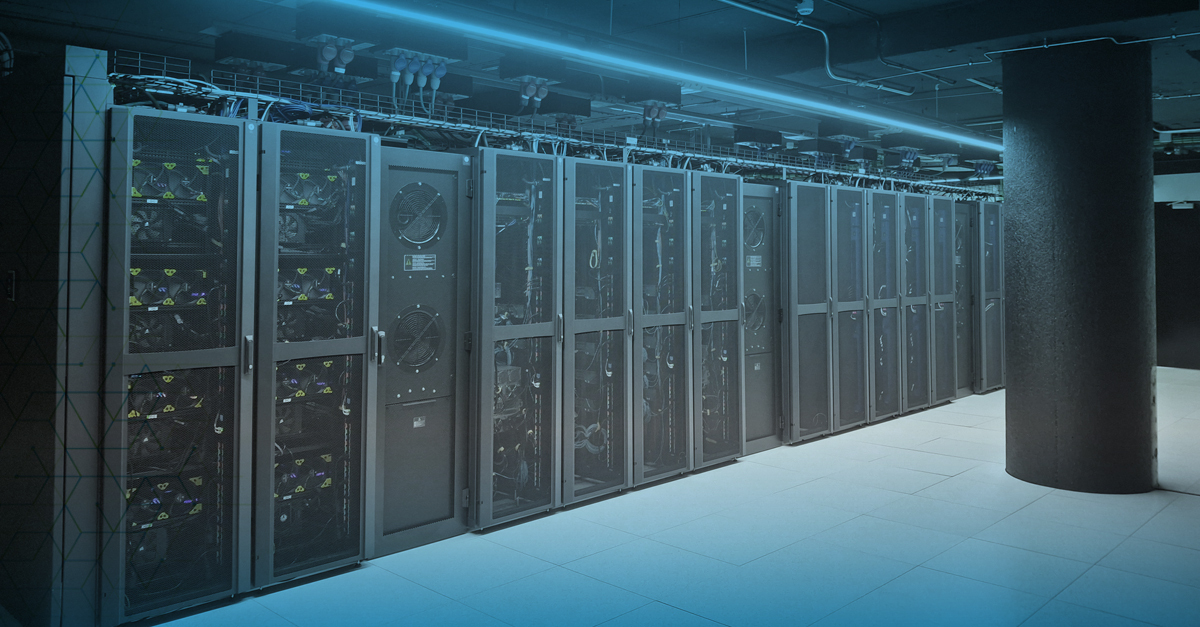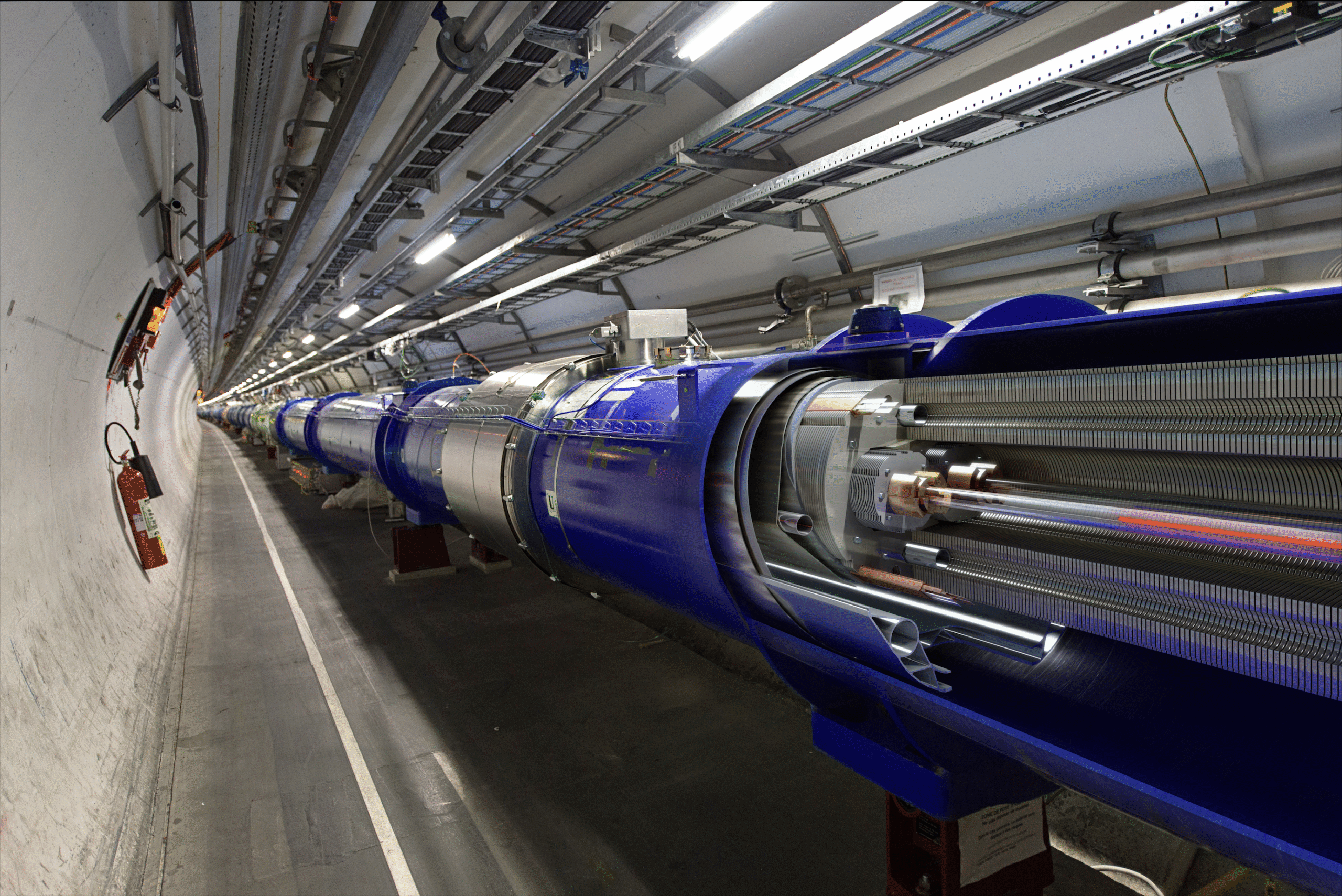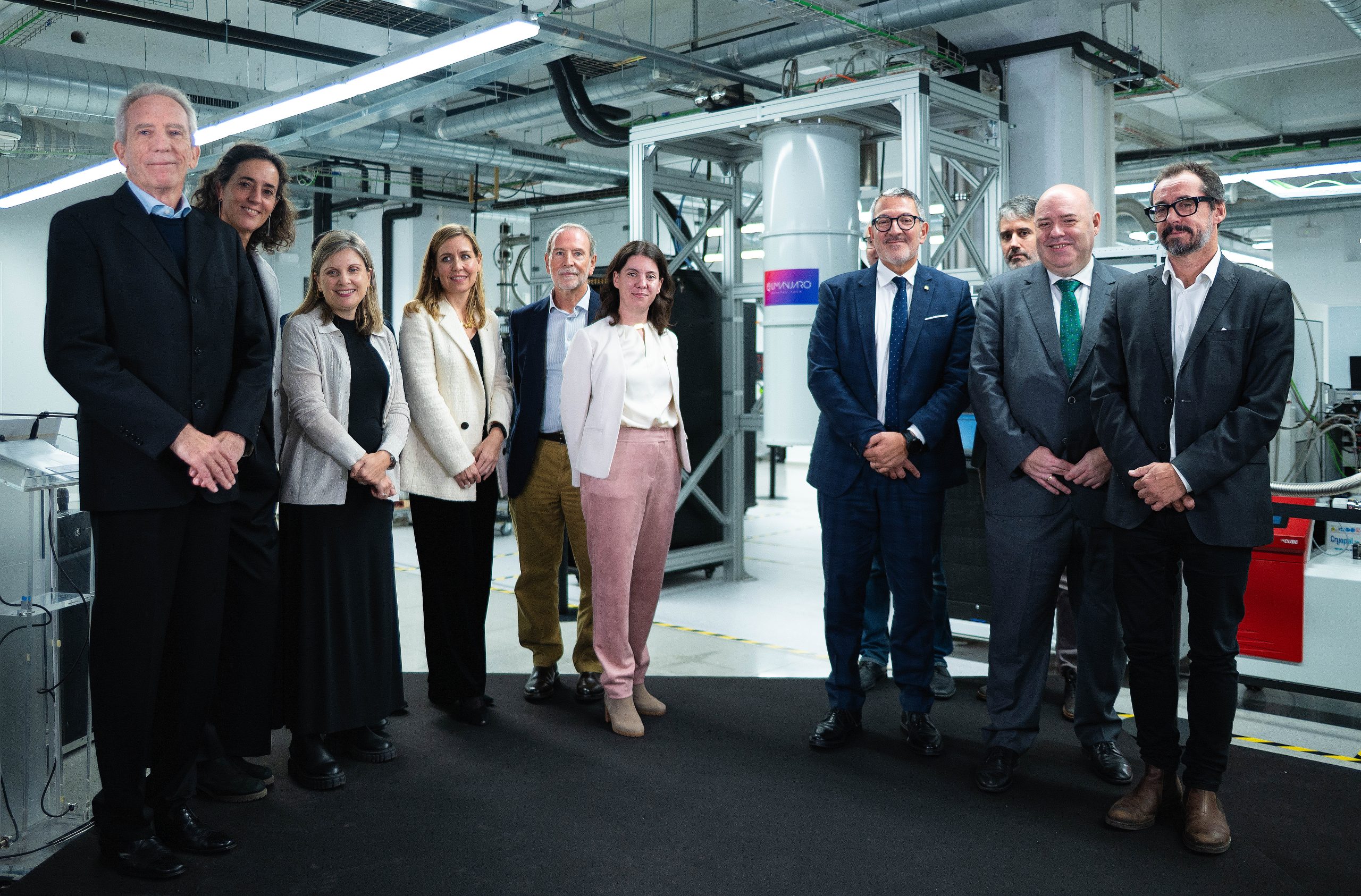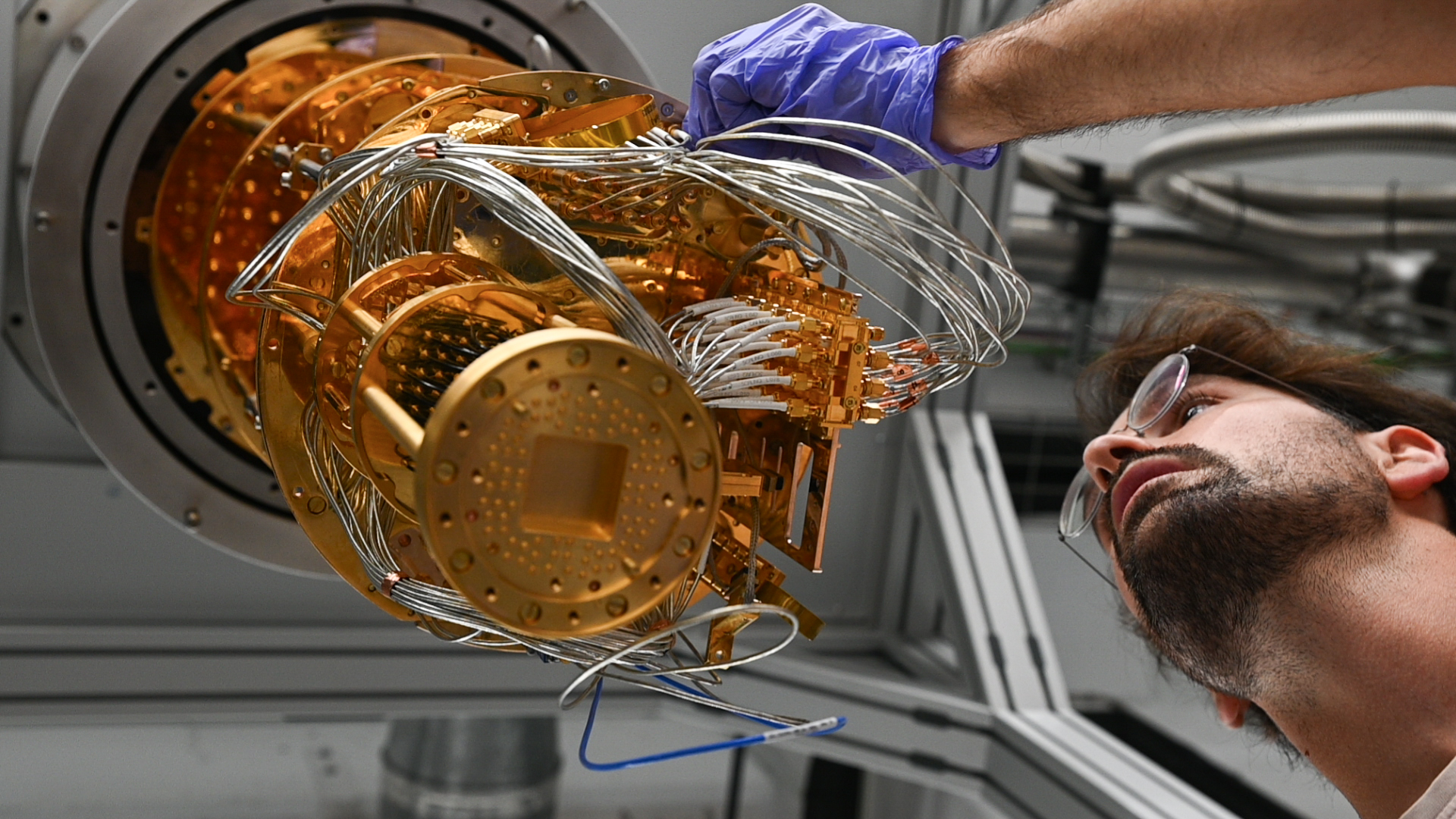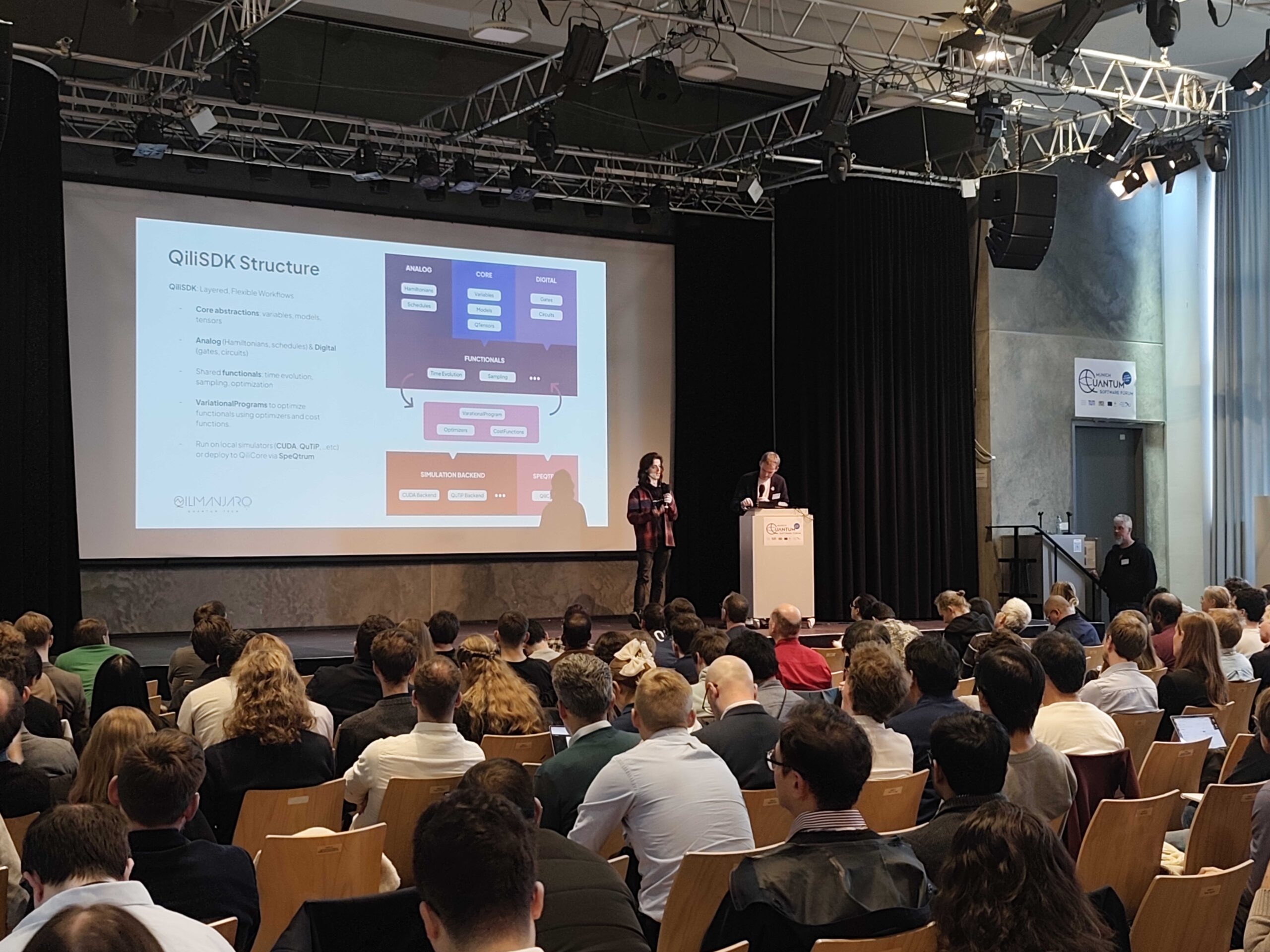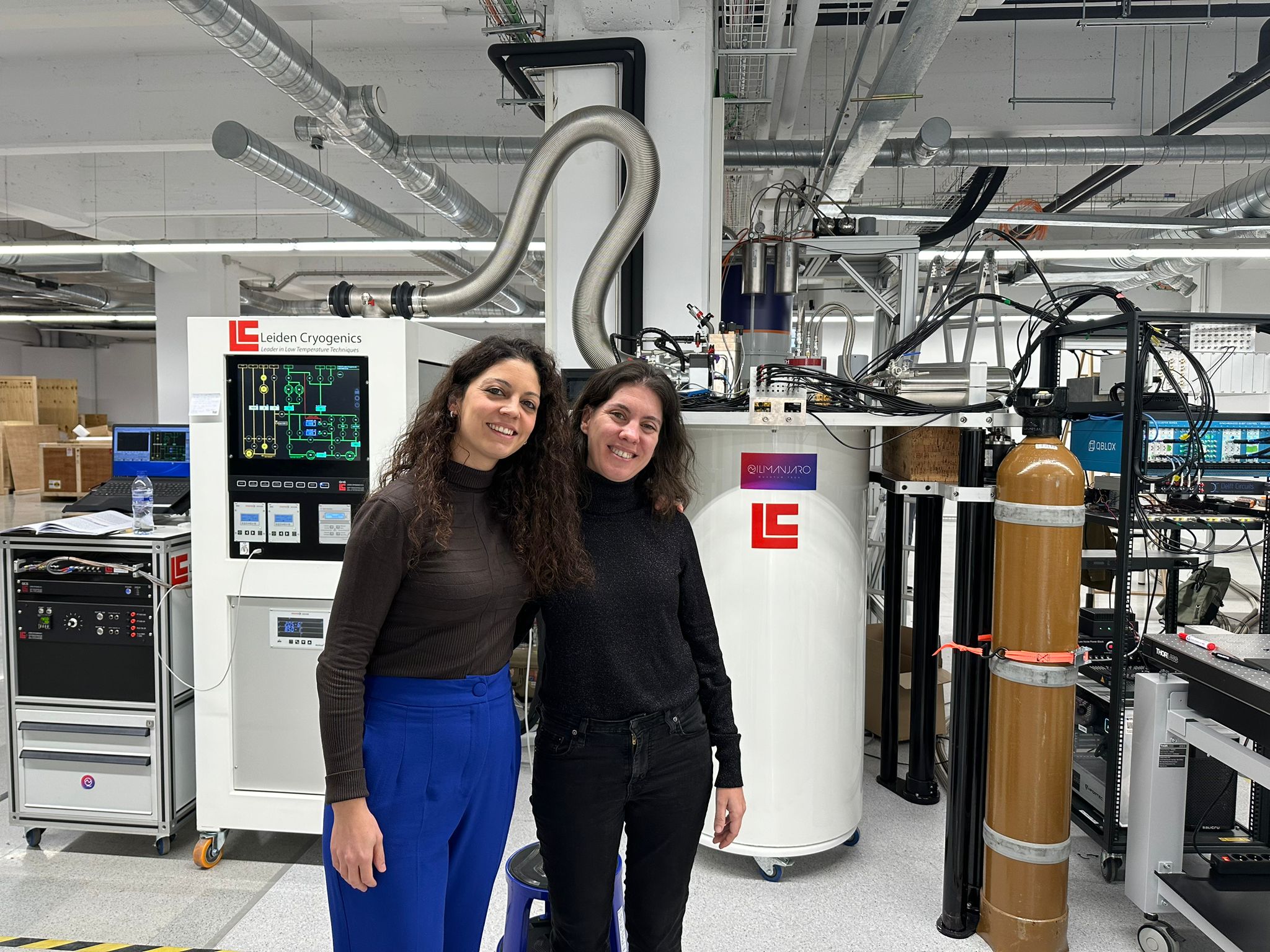At Qilimanjaro Quantum Tech, we’re building a new way to bridge today’s classical and quantum worlds. Our platform, SpeQtrum, brings together digital QPUs, CPUs, and GPUs with our differential analog quantum architecture, all within a single, integrated framework and access point. This hybrid approach makes it easier for users to experiment, run algorithms, and explore the true potential of quantum computing without worrying about the complexity of the underlying hardware.
One of the central pillars of this vision is Digital–Analog Quantum Computing (DAQC) — a hybrid approach that unites the precision of digital logic with the power and realism of analog physics.
Digital quantum computing operates through fast, discrete logic gates acting on individual qubits. It offers programmability and flexibility but accumulates errors rapidly, as each gate adds noise that must later be corrected.
Analog quantum computing, by contrast, directly harnesses the natural interactions between qubits. Instead of executing long gate sequences, it continuously tunes the system’s physical parameters to emulate real quantum dynamics — allowing complex, many-body problems to be encoded natively within the hardware itself.
By combining both worlds, DAQC leverages analog subsystems to handle intricate multi-qubit interactions while using digital control for precise single qubit local operations. This hybrid design leads to reduced error rates, and shorten circuit depths, eliminating much of the overhead of digital-only error correction. Recent studies have shown that this DAQC model enables faster, larger, and more reliable computations on today’s noisy devices, as we will see below.
Qilimanjaro’s platform integrates analog, digital, and classical supercomputing to maximize the strengths of each — unlocking practical quantum performance and computational advantage years ahead of purely digital roadmaps.
Why this matters now
With NISQ hardware, the dominant sources of failure are two‑qubit gate errors, coherence limits, and calibration overheads. DAQC addresses these constraints by executing multi‑qubit entangling operations as continuous analog evolutions that replace long chains of discrete gates. This reduces accumulated error and shortens wall‑clock runtime so computations complete within coherence windows.
What the research shows
Foundational work in 2020 established universal DAQC protocols that use a fixed, Ising‑type analog resource interleaved with single‑qubit rotations. Also, simulations reported markedly better performance than equally expressive all‑digital circuits at comparable problem sizes[1]. That same year, a digital–analog implementation of the Quantum Fourier Transform (QFT)[2], the backbone of Shor’s prime factorization algorithm, demonstrated higher fidelity under realistic noise, with accuracy that improved as the number of qubits increased compared with a fully digital QFT. This indicates superior scaling for algorithms that depend on phase estimation.
Subsequent hardware‑level comparisons on superconducting prototypes in 2024 showed that, across representative single‑ and two‑qubit noise channels, digital–analog realizations of QFT and phase estimation consistently achieved higher fidelities than digital‑only versions.

Diagram exemplifying the hybridization of digital and analog control in DAQC architectures.
Blending digital control with analog dynamics makes it possible to run tough materials models with far fewer gates. This translates to faster, cheaper, and more reliable simulations on current devices, which in turn helps R&D teams test candidate materials earlier and with less trial-and-error [3].
This year, researchers have been able to experimentally combine a universal set of gates with a calibrated, chip-wide analog evolution in superconducting devices [4]. While the analog part wasn’t arbitrarily programmable, the system still reached beyond-classical regimes, underscoring how, even with a very limited analog control, digital-analog computation delivers both scale and breadth.
Not only that, DAQC is also highly likely to benefit Quantum Machine Learning (QML) algorithms. The digital layer allows rapid preparation of data-encoding states (basis/angle/amplitude encodings and lightweight reuploading) while native analog Hamiltonians act as rich reservoirs or continuous-time feature maps [5], yielding large effective depth at fixed gate count. Structured analog dynamics can improve trainability and mitigate barren plateaus, with device noise sometimes serving as implicit regularization. Treating evolution times and qubit couplings as trainable parameters implements expressive machine learning models with fewer parameters and lower compilation overhead than fully digital QML approaches. Together, these properties suggest increased cost-efficiency and improved learning capabilities for near-term QML applications.
Business implications
For near‑term applications—especially in quantum simulation for materials, chemistry, and QML—DAQC delivers higher‑quality results without waiting for machines that have full error correction. Critically, a DAQC platform is the most versatile option today: it can run algorithms that benefit from analog evolution and those that favor digital gates, capturing advantages observed on both fronts.
Reducing circuit depth and improving noise resilience lower calibration and runtime overheads. This in turn cuts the number of repetitions needed for target accuracy and lowers cloud execution costs. Multimodal control preserves optionality: analog blocks can be swapped or co-designed if required. The same stack remains compatible with error-mitigation now and error-corrected modes later, easing migration as hardware improves. Adopters of such a paradigm can capture immediate performance benefits while remaining compatible with future error‑mitigated and error‑corrected regimes.
At Qilimanjaro, this DQAC paradigm isn’t just theoretical, it’s built into our technology. Through SpeQtrum, users can design and execute digital–analog algorithms within the same superconducting quantum platform, seamlessly switching between gate-based operations and native analog evolutions. This unified infrastructure makes it possible to explore a wide range of use cases like quantum simulation, optimization and machine learning, without needing separate hardware or workflows. By combining digital flexibility with analog efficiency under one roof, Qilimanjaro brings the power of digital–analog quantum computing to practical, real-world experimentation today.
References
- Parra-Rodríguez, A.; Lougovski, P.; Lamata, L.; Solano, E.; Sanz, M.
Digital-analog quantum computation. Physical Review A 101, 022305 (2020). DOI: 10.1103/PhysRevA.101.022305. - Martín, A.; Lamata, L.; Solano, E.; Sanz, M.
Digital-analog quantum algorithm for the quantum Fourier transform. Physical Review Research 2, 013012 (2020). DOI: 10.1103/PhysRevResearch.2.013012. - García-Molina, P.; Martín, A.; Garcia de Andoin, M.; Sanz, M.
Mitigating noise in digital and digital–analog quantum computation. Communications Physics 7, 321 (2024). DOI: 10.1038/s42005-024-01812-5. - Andersen, T.I et al. Thermalization and criticality on an analogue–digital quantum simulator. Nature 638, 79–? (published online 5 Feb 2025). DOI: 10.1038/s41586-024-08460-3.
- De Lorenzis, A. et al. – Qilimanjaro
Harnessing Quantum Extreme Learning Machines for image classification.
Physical Review Applied 23, 044024 (2025). DOI: 10.1103/PhysRevApplied.23.044024.
